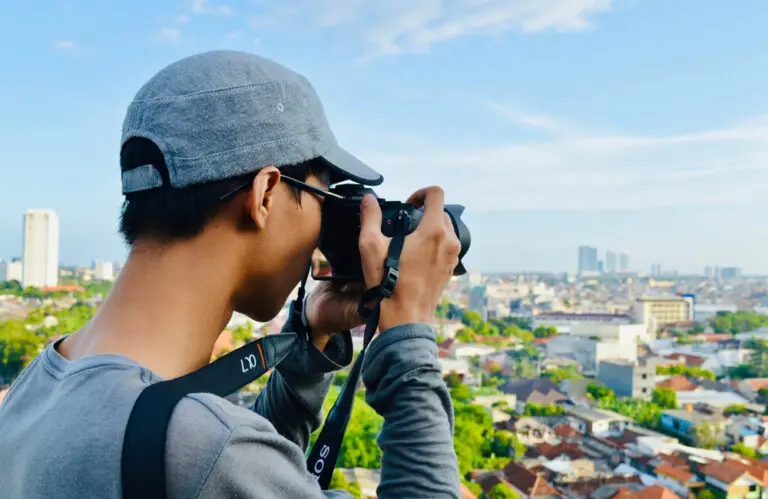Ultra-long-haul air travel is growing. As we revealed yesterday, Qantas is making history today by becoming the first commercial airline to fly a test flight non-stop from New York to Sydney.
By 2022 East Coast Australians may be able to fly to New York and London direct.
For this reason, Qantas, in conjunction The University of Sydney’s Charles Perkins Centre, are diving deep into research on how to reduce jetlag.
Qantas has today revealed the tricks travellers are currently using to help minimise jetlag.
And some of the findings may surprise you.
The results, which you can read here, found that 38% of passengers drunk alcohol on board in hopes of reducing jetlag, yet only 5% got up to do exercise of physical activity.
Meanwhile, the most popular strategy for avoiding jetlag was revealed as taking naps, which 60% of passengers did along with 54% who used earplugs or headphones to get some shut-eye.
The study also revealed what passengers aren’t doing, with less than half of travellers (47%) surveyed not making a conscious effort to venture out into the sunshine upon arrival – a proven way to overcome jetlag.
Specialist sleep researcher Dr Yu Sun Bin said while most people actively try to reduce their jetlag, the study with Qantas shows they are not doing what is most effective. So sadly no, wine is not the answer.
“Drinking more than a few glasses of alcohol will make jetlag worse. It might make us fall asleep faster but beyond a certain point, it also disrupts the quality of sleep and causes dehydration.”
Specialist sleep researcher Dr Yu Sun Bin
The detailed inflight studies were conducted across almost 500 passengers travelling on Qantas international flights longer than nine hours.
The aim is to establish a baseline to help researchers and the national carrier design new in-flight strategies to promote in-flight wellbeing and reduce jetlag.
New strategies already in place for passengers on Qantas’ longest flight – Perth to London – include light therapy in the Perth Transit Lounge to help passenger acclimatise to the time zone, outdoor areas in both the lounge and terminal to provide exposure to natural light and a Wellbeing Studio in the lounge to encourage passengers to stretch.
As part of the next phase of research, the airline is repurposing three Boeing 787-9 delivery flights and using them to conduct studies on crew and passengers with the aim of improving wellbeing.
The new aircraft, direct from the Boeing factory, will be positioned at two destinations being targeted as part of Project Sunrise – Qantas’ plan to start direct flights from Sydney, Melbourne and Brisbane to London and New York.
The flights will only carry around 50 passengers and crew in order to give the 787-9s the range required.
Today, six Qantas Frequent Flyer volunteer passengers will take part in the 19-and-a-half-hour flight from New York to Sydney.
They will be fitted with wearable technology devices and follow a specially designed sleep, food and beverage and physical movement schedule.
Qantas is also working with sleep researchers from the Cooperative Research Centre for Alertness, Safety and Productivity (Alertness CRC) who will carry out research on pilots and cabin crew.
Qantas Group CEO Alan Joyce said the airline is excited to be taking existing research strategies to the next level.
“We know we need to think harder about crew and passenger wellbeing when you’re airborne for almost 20 hours, and that’s why this research is so important,” he said.
“Innovation is part of Qantas’ DNA and these flights are no exception. Regardless of whether Qantas is able to forge ahead with Project Sunrise flights, this data will benefit passengers and crew travelling on existing Qantas long haul flights and we are excited to see what medical science can do to help shape how people fly in the future.”









